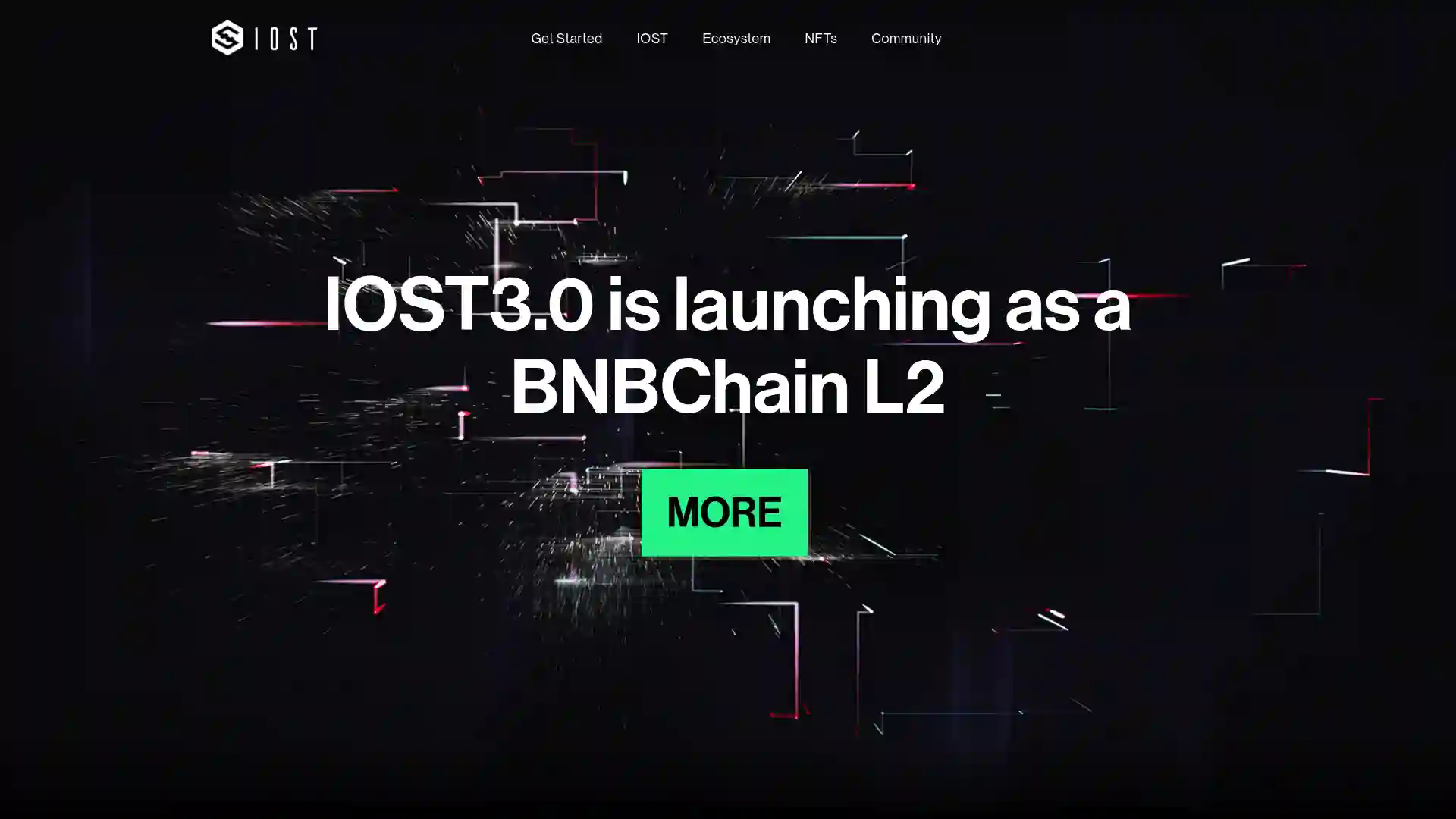IOST (IOST)
IOST is a blockchain project designed to provide an ultra-high throughput infrastructure capable of supporting the demands of a decentralized economy. This initiative aims to revolutionize the underlying architecture for future online services by emphasizing speed, security, and scalability. Backed by $40 million from world-class investors, including Sequoia and Matrix, IOST is poised to become a cornerstone in the blockchain industry.
The team behind IOST

| Ticker | IOST |
| Category | Smart Contract Platform |
| Website | http://iost.io/ |
| @IOST_Official | |
| Telegram | officialios |
| https://www.reddit.com/r/IOStoken/ |
The IOST project was co-founded by Terrace Wang, Kimmy Zhong, and Ray Xiao, individuals with proven expertise in the blockchain and technology sectors. With a keen vision for the future, these founders have assembled a team of 12 employees and 4 advisors to help realize the project’s ambitious goals. Notably, Ryan Bubiski, a co-founder of CodeAcademy and a recipient of Time's Most Influential People award, is a significant member of the advisory board. The team has fostered partnerships with approximately sixteen blockchain and cryptocurrency-oriented companies. Among these partners are prominent names such as Sequoia, Nirvana Capital, and DFund, showcasing the strong investor confidence in the project.
Technological innovations in IOST
IOST distinguishes itself through several innovative technologies designed to enhance transaction speed and network efficiency. Central to this is the unique consensus algorithm called “Proof-of-Believability,” which enables next-generation transaction throughput while maintaining node compliance. This algorithm factors in elements such as IOST token balance, reputation-based token balance, network contributions, and user behaviors to ensure a fair and efficient validation process.
Proof-of-Believability
The Proof-of-Believability consensus mechanism is a pivotal component of IOST’s technological framework. This protocol is designed to achieve high transaction throughput without compromising network security. It evaluates nodes based on their token holdings, reputational scores, and contributions to the network, thus ensuring that transactions are processed swiftly and accurately.
Advanced protocols and mechanisms
IOST incorporates several advanced protocols to further enhance its blockchain infrastructure. These include:
Byzantine Fault Tolerance (BFT) Mechanism: A faster grade BFT mechanism ensures that the network can reach consensus efficiently even in the presence of malicious nodes, providing robust security guarantees.
Microstate Blocks: This feature allows the blockchain to handle data more efficiently by reducing the amount of information nodes need to store, which in turn optimizes storage costs and processing power.
Atomic Commit Protocol: This protocol ensures that all parts of a transaction are completed successfully, maintaining consistency across the network.
Efficient Distributed Sharding (EDS): A dynamic sharding protocol, EDS divides the network into smaller, manageable parts to enhance scalability and speed without sacrificing security.
Participation and decentralization
IOST is committed to fostering an open and decentralized network. Participation is encouraged at every level of the system, from using services on the blockchain to running nodes and validating transactions. The project's rules and code are transparent and open for all to see, ensuring that no preconditions limit participation. This approach aligns with the core values of blockchain technology, promoting a self-operated and trustless network that maximizes value for all users.
Applications and impact
IOST provides robust support for decentralized applications (DApps) and smart contracts, which are integral to modern blockchain ecosystems. By offering a secure and scalable platform for DApps, IOST is positioned to support a wide range of applications across various industries, potentially transforming how businesses operate by minimizing reliance on intermediaries and enhancing network efficiency.
